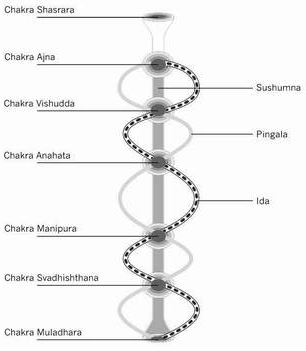My Winter Schedule will be out soon but if you are looking for a few extra classes please join me at Yoga Sublime studio in Prince Albert.
November 25th - 5:30-6:30 - Peace Practice - Class by donation.
This month proceeds to Amnesty International Canada. Stay after for a potluck and sutra study.
We will be discussing the Yama's and Niyama's. Please pre- register.
December 8th - 7:15-8:30 p.m. - Free Yoga Class - Beginner Iyengar Yoga - a great way to try out new classes or add in an extra stretch during the holiday season. Please pre-register.
December 15th - 7:15-8:30 p.m. - Building a Home Practice - learn tips to build a successful home practice. A few handouts will be given too to help get you started. $17 drop in or Yoga Sublime 1.25 hour class passes can be used.
Yoga Sublime is located at 1998 Central Ave., Prince Albert, Sk.
December 21st - 6:00-8:00 p.m. - Celebrate Winter Solstice - The longest night of the year bring contemplation and chance to journey inwards and celebrate the coming of longer days ahead.
Join me at my home studio in Christopher lake for a soothing and nourishing yoga practice for the body, breath and soul. Stay after for a visit with tea and appetizers. $25/person
Pre- register by emailing me at plnyogastudio@gmail.com or Yoga Sublime Studio at yogasublimestudio@gmail.com
Namaste.
Pamela Nelson
www.plnyoga.BlogSpot.com





